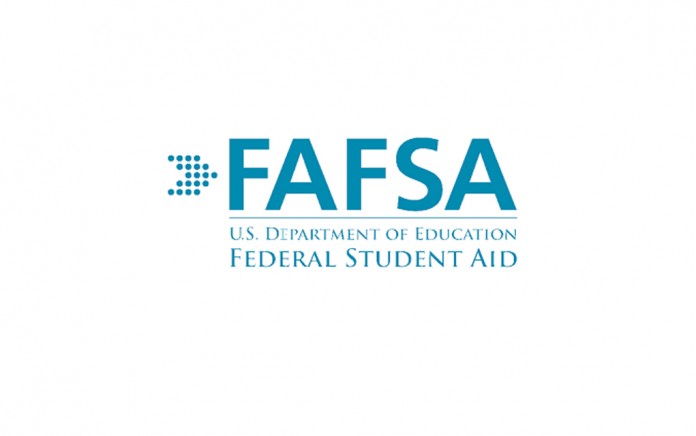Do you have a high school senior who is knee deep in the college admissions process? Writing essays and filling out forms can be a stressful process for students, just as covering the cost of college can be for parents. This year, the Free Application for Federal Student Aid (FAFSA) submission period opened on October 1 – three months earlier than in previous years.
That extra time to get financial information in order could be a big benefit to many families. Don’t put off completing the application, sending the FAFSA in early could increase your financial aid package and give you more time to compare aid offers from different schools.
Understanding this form of student aid. The FAFSA determines your family’s expected contribution to the cost of higher education and serves as an application for federal financial aid, such as student loans, work study and the Pell Grant. It’s also used by some state agencies and schools to determine aid, including merit-based awards, and some scholarships require applicants fill out the FAFSA.
Current and prospective college students must complete a new FAFSA each year. Dependent children will need their parents’ financial information to complete the form, and parents may want to work on the application alongside their child.
Most students complete the FAFSA online at fafsa.ed.gov. While it can be complicated, once you have all the paperwork in order, the application could take less than 30 minutes.
New changes in tax requirements make filling out the FAFSA easier. The earlier submission period isn’t the only difference for the FAFSA this year, there’s also a change in the tax information you need to submit. You’ll now report your income based on the student’s and parents’ tax return from two years before the school term begins. Your 2015 tax return for the 2017-2018 FAFSA for example.
You might be able to electronically transfer your tax return information to your FAFSA using the Internal Revenue Service’s Data Retrieval Tool. If you’re unable or don’t want to use the tool and don’t have a copy of your 2015 tax return, you can order a free tax transcript of your return online, by mail or by calling 1-800-908-9946.
The 2017-2018 FAFSA requires that applicants use their 2015 tax return information even if there have been significant changes in your financial situation since then. After submitting, applicants can contact schools’ financial aid offices to make adjustments.
Pay close attention when filling out the FAFSA because some of the questions, such as those pertaining to current assets, are based on when you fill out the form, not your tax return.
Submitting your application early offers several advantages. The federal deadline for the 2017-2018 FAFSA is June 30, 2018, but don’t wait that long to complete your application. States and colleges have deadlines of their own, and your eligibility for aid can depend on meeting these deadlines.
Some states and schools also distribute aid on a first come, first served basis. Submitting your application early can help ensure you’ll receive the aid you’re eligible for before the funds run out.
Prospective students who submit the FAFSA early might receive estimated financial aid offers from schools earlier as a result. This gives families more time to compare the offers before making the big decision on which school to attend.
You can list up to 10 schools on the FAFSA, including schools you’re considering but haven’t applied to yet. Submitting your info holds your place in line for aid, and you can switch out schools later if you want. You’ll also receive a Student Aid Report (SAR) after submitting the FAFSA that you can send to additional schools.
Many states require you send your FAFSA to at least one in-state school to be eligible for state grants, and some states require you list a state school in the first or second position to be eligible. The Department of Education has a list of each state’s requirements.
Bottom line. The FAFSA’s submission period opens up three months earlier than in previous years. Sending your FAFSA in early could increase your eligibility for financial aid and give you more time to compare aid offers from schools.
Nathaniel Sillin directs Visa’s financial education programs.





